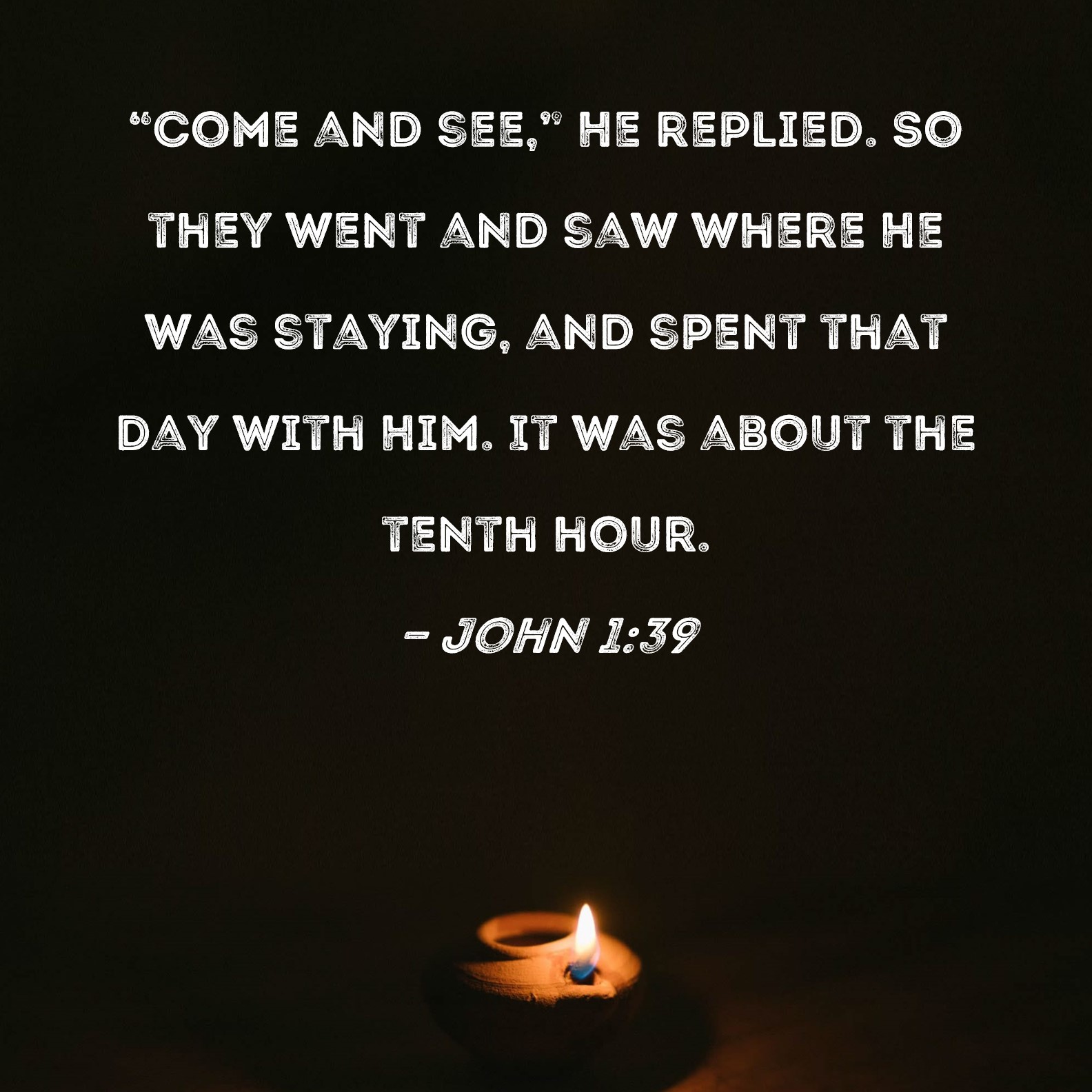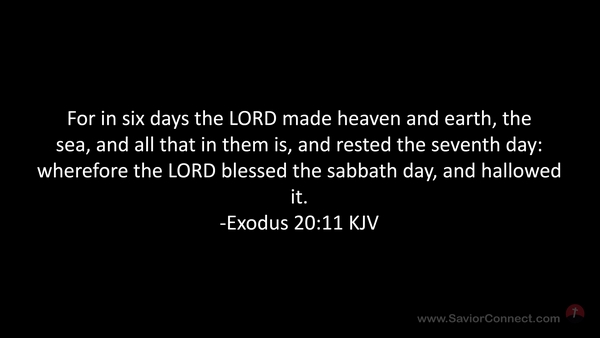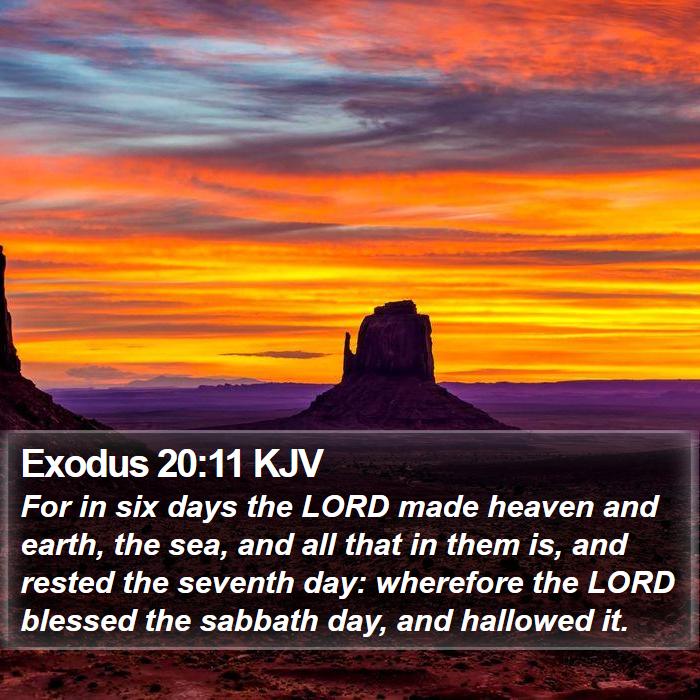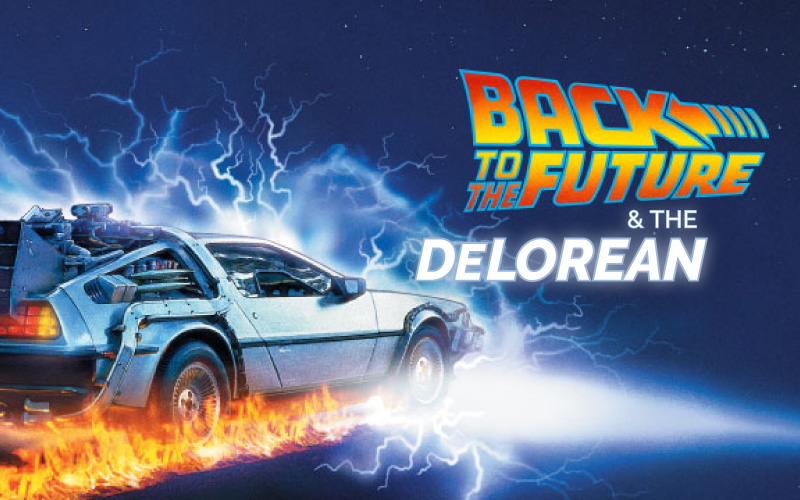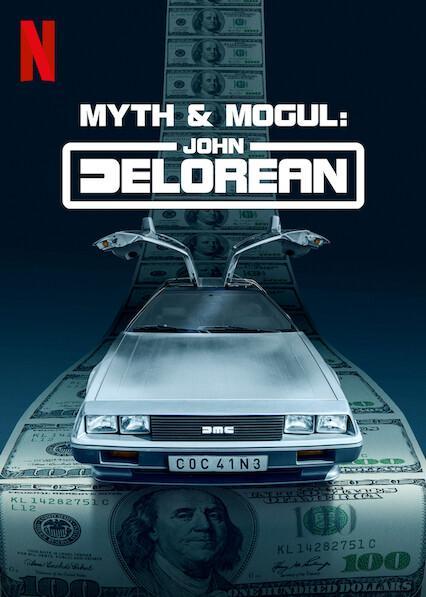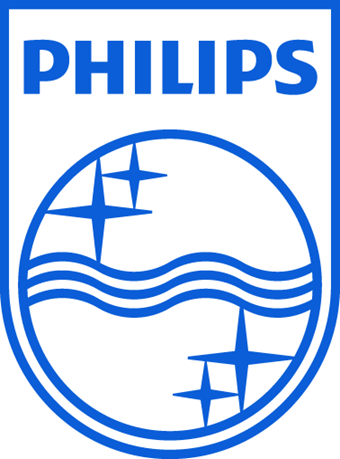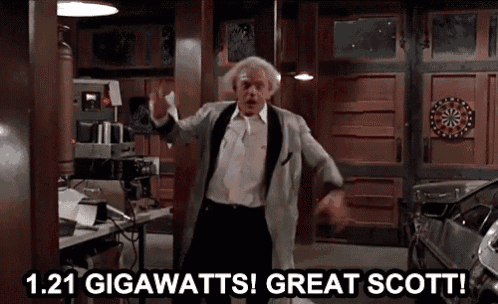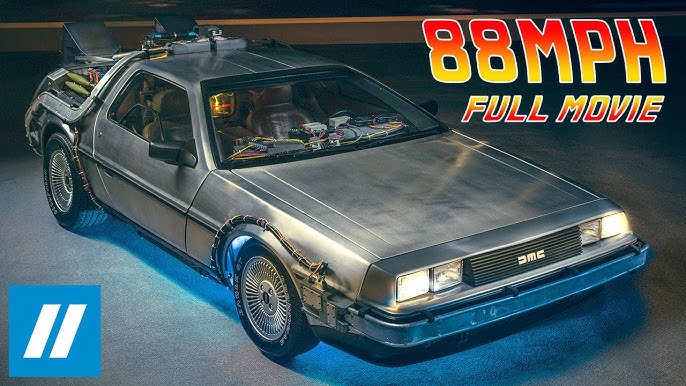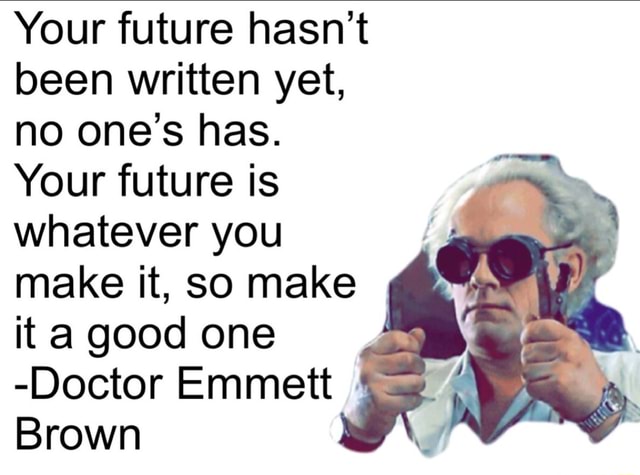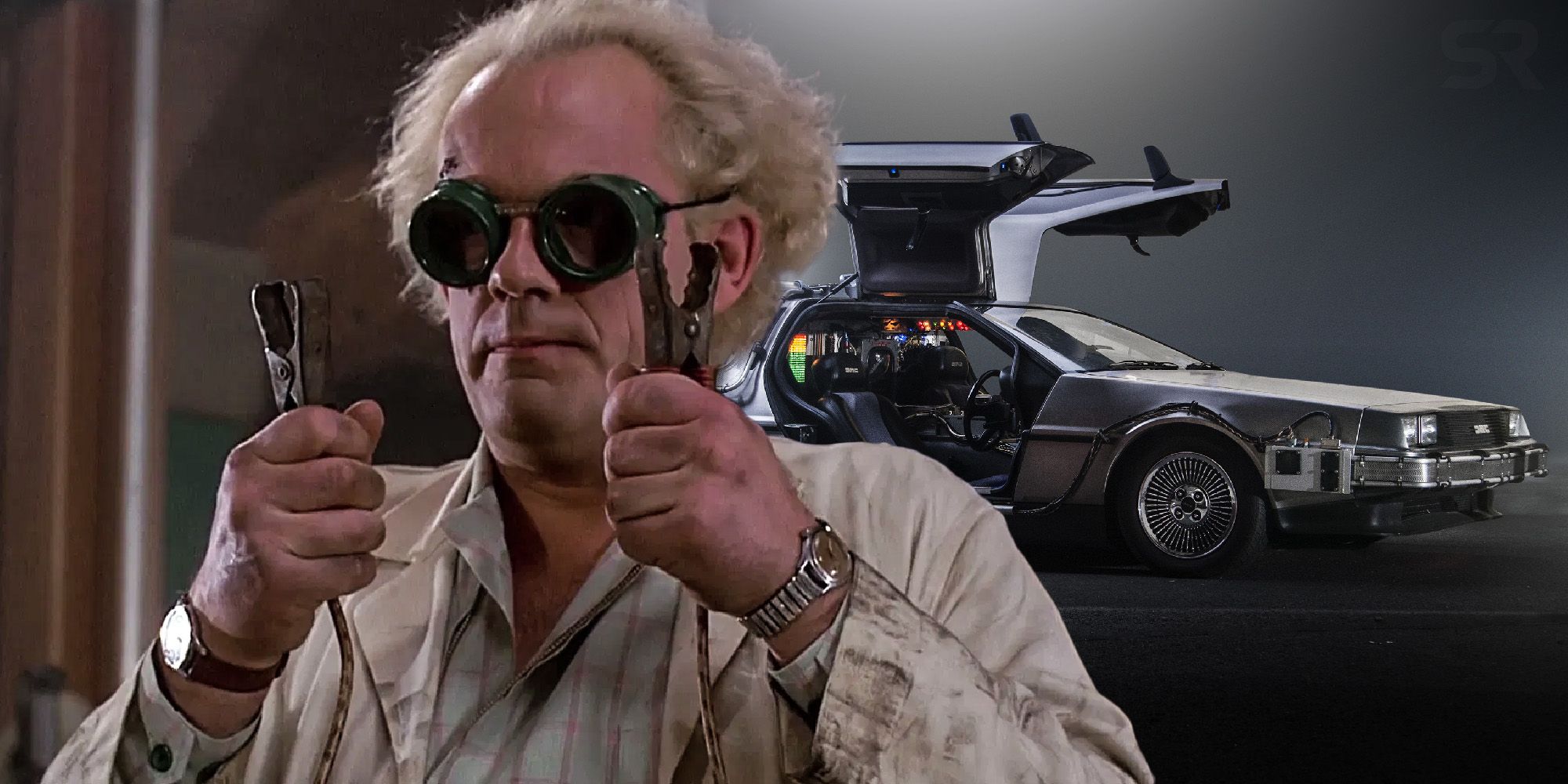|
|
General: BACK TO THE FUTURE MALL SATURDAY OCTOBER 26TH AT 1:15 AM DELOREAN RIDE
Triar un altre plafó de missatges |
|
|


Different cyclotron size: a) Lawrence ́s first one, b) Venezuela First one (courtesy of Dorly Coehlo), c) Fermi National Laboratory at CERN. And size matters, and Cyclotrons win as best hospital candidates due to Reactors are bigger, harder and difficult to be set in a hospital installation. Can you imagine a nuclear reactor inside a health installation? Radiation Protection Program will consume all the budget available. Size, controlled reactions, electrical control, made cyclotrons easy to install, and baby cyclotrons come selfshielded so hospital don ́t need to spend money in a extremely large bunker. Now on, we are going to talk about our first experience with the set up of a baby cyclotron for medical uses inside the first PET installation in Latin America. “Baby” means its acceleration “D” diameters are suitable to be set inside a standard hospital room dimensions, with all its needs to be safetly shielded for production transmision and synthetized for human uses for imaging in Nuclear Medicine PET routine. When we ask why Cyclotrons are better than reactors for radioisotopes production to be used in Medicine, we also have to have in mind that they has: 1. Less radioactive waste 2. Less harmful debris
https://www.researchgate.net/figure/Different-cyclotron-size-a-Lawrence-s-first-one-b-Venezuela-First-one-courtesy-of_fig3_221906035
 
|
|
|
|
|


Different cyclotron size: a) Lawrence ́s first one, b) Venezuela First one (courtesy of Dorly Coehlo), c) Fermi National Laboratory at CERN. And size matters, and Cyclotrons win as best hospital candidates due to Reactors are bigger, harder and difficult to be set in a hospital installation. Can you imagine a nuclear reactor inside a health installation? Radiation Protection Program will consume all the budget available. Size, controlled reactions, electrical control, made cyclotrons easy to install, and baby cyclotrons come selfshielded so hospital don ́t need to spend money in a extremely large bunker. Now on, we are going to talk about our first experience with the set up of a baby cyclotron for medical uses inside the first PET installation in Latin America. “Baby” means its acceleration “D” diameters are suitable to be set inside a standard hospital room dimensions, with all its needs to be safetly shielded for production transmision and synthetized for human uses for imaging in Nuclear Medicine PET routine. When we ask why Cyclotrons are better than reactors for radioisotopes production to be used in Medicine, we also have to have in mind that they has: 1. Less radioactive waste 2. Less harmful debris
https://www.researchgate.net/figure/Different-cyclotron-size-a-Lawrence-s-first-one-b-Venezuela-First-one-courtesy-of_fig3_221906035
 
|
|
|
|
|
How To install the Back to the Future Flux Capacitor watch face app
If you’re bored of the default watch faces on your Apple Watch (Series 5 & 6), and want to unlock the endless options made possible by the free Clockology app, here are the steps you’ll need to get started right away:
-
Head to the App Store and download the Clockology app.
-
After downloading the app to your iPhone, you should see it appear on your Apple Watch automatically. If it doesn’t head to your Apple Watch app and scroll down to “Clockology” and make sure the “Show App on Apple Watch” is enabled.
-
Now you’ll need to change some settings on your Apple Watch. Within the Apple Watch app, head to “General”, and scroll down to “Wake Screen”. Change the “ON TAP” setting to “Wake for 70 Seconds” and “RETURN TO CLOCK” setting to “After 1 hour”.
-
Next, you’ll need to open up your web browser on your iPhone and download a “_EnableBeta” file. Once it is downloaded, hit the downloaded file and it will open up your Clockology app. Now you should see a big pink circle watch face with the word “Beta” in the centre. Tap and hold your finger on it, and select “Watch Sync”. Then click on the orange “Sync” button.
-
Power off your Apple Watch. and power it back on. Open the Clockology app on your watch. You should see the pink circle watch face with the word “Beta”. Now you’re ready to install your custom watch faces.
-
Head to “Browse”, and type “Clockology” in the search bar. You should then see an “Example Clocks” folder with 115 items. These are a bunch of watch faces you can sync to your watch. To load up any desired watch face to your watch, simply hold down on the watch face and select the “Watch Sync” option.
-
For every watch face sync, be sure to deselect the “Replace Clocks” option. This way, you can swipe left or right on your Apple Watch to switch between synced watch faces anytime.
-
And you’re all set! If you have questions about whether Clockology will drain your watch battery, this FAQ should help.
Click to download the Back to the Future clock face design as show below:
Version 1 (credit to Adam Stewart for the original design, and improved by Alex Kim)
https://www.deloreanrental.com/blog/back-to-the-future-apple-watch-face |
|
|
|
|
SABADO=SABIDURIA=SO-PHI-A
SOPHIE NEVEU

|
|
|
|
|
In ‘Back to the Future’ (1985) you can see a portrait of Thomas Edison in Doc’s house when Marty travels back to 1955. This was a good prop to illustrate the time period, as no modern scientist like Doc would ever respect a degenerate conman like Edison.
https://www.reddit.com/r/shittymoviedetails/comments/getr2d/in_back_to_the_future_1985_you_can_see_a_portrait/?rdt=45765
In Back to the Future, Doc displays pictures of Newton, Franklin, Edison, and Einstein in his 1955 home while discussing time travel with Marty. All men whose work influenced Doc's invention.
https://www.reddit.com/r/MovieDetails/comments/c6n0bu/in_back_to_the_future_doc_displays_pictures_of/
|
|
|
|
|
La sonda espacial con destino a Saturno pone a prueba la teoría de Einstein
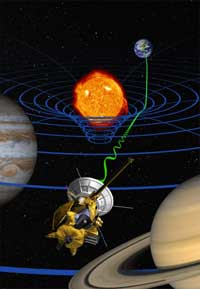 Concepto artístico del experimento de relatividad general. Concepto artístico del experimento de relatividad general.Un experimento realizado por científicos italianos con datos de la nave espacial Cassini de la NASA, actualmente en camino a Saturno, confirma la teoría de la relatividad general de Einstein con una precisión 50 veces mayor que las mediciones anteriores.
Los resultados aparecen en la edición del 25 de septiembre de la revista Nature. Forman parte de una colaboración científica entre la NASA y la Agencia Espacial Italiana. El experimento tuvo lugar en el verano de 2002, cuando la nave espacial y la Tierra se encontraban en lados opuestos del Sol, separados por una distancia de más de mil millones de kilómetros (aproximadamente 621 millones de millas).
Los investigadores observaron el cambio de frecuencia de las ondas de radio que se transmitían desde y hacia la nave espacial a medida que pasaban cerca del Sol. Midieron con precisión el cambio en el tiempo de ida y vuelta de la señal de radio a medida que viajaba cerca del Sol. El tiempo de ida y vuelta es el tiempo que tarda la señal transmitida desde la estación de la Red del Espacio Profundo en Goldstone, California, hasta la nave espacial en el otro lado del Sol y de regreso viajando a la velocidad de la luz.
"La importancia científica de estos resultados es la confirmación de la teoría de la relatividad general y la concordancia con las formulaciones de Einstein con una precisión experimental sin precedentes", dijo Sami Asmar, director del Radio Science Group, que adquirió los datos para este experimento en el Laboratorio de Propulsión a Chorro de la NASA en Pasadena, California. "La importancia tecnológica del experimento es la capacidad de superar el duro entorno solar mediante enlaces de radio".
Los investigadores midieron en qué medida la gravedad del Sol curvaba un rayo electromagnético, en este caso la señal de radio transmitida por la nave espacial y recibida por las estaciones terrestres.
Según la teoría de la relatividad general, un objeto masivo como el Sol hace que el espacio-tiempo se curve, y un haz de ondas de radio (o luz) que pasa por el Sol tiene que viajar más lejos debido a la curvatura. La distancia adicional que recorren las ondas de radio desde Cassini pasando por el Sol hasta la Tierra retrasa su llegada; la magnitud del retraso proporciona una prueba sensible de las predicciones de la teoría de Einstein. Aunque se esperan desviaciones de la relatividad general en algunos modelos cosmológicos, no se encontró ninguna en este experimento.
Las pruebas de la relatividad general tienen importantes implicaciones cosmológicas. La cuestión no es si la relatividad general es verdadera o falsa, sino a partir de qué nivel de precisión deja de describir la gravedad de forma realista.
Pruebas anteriores de la relatividad general confirmaron la predicción de Einstein con una precisión de una parte por mil. Esta precisión se logró en 1979 utilizando las sondas Viking en Marte. El experimento Cassini la confirmó con una precisión de 20 partes por millón. La clave de esta mejora ha sido la adopción de nuevas tecnologías en las telecomunicaciones espaciales.
El experimento no se hubiera podido realizar con este nivel de precisión en el pasado debido al ruido en el enlace de radio introducido por la corona solar. Con el experimento Cassini, este obstáculo se superó equipando el sistema de comunicación de la nave espacial con múltiples enlaces en diferentes frecuencias. Esta nueva capacidad en la nave espacial Cassini y en la antena de 34 metros (112 pies) de diámetro en Goldstone, permitió a los científicos eliminar los efectos del plasma interplanetario y solar de los datos de radio. Además, el ruido de la atmósfera de la Tierra se redujo considerablemente mediante un equipo especial instalado en el complejo Goldstone. Estos avances tecnológicos desarrollados para la misión Cassini han llevado a precisiones sin precedentes en las mediciones de velocidad, lo que beneficia a futuros experimentos científicos, así como a la navegación en el espacio profundo.
Los experimentos son parte de una serie de experimentos de radiociencia planificados para la fase de crucero de la misión, incluida la búsqueda de ondas gravitacionales de baja frecuencia.
Cassini comenzará a orbitar Saturno el 1 de julio de 2004 y liberará su sonda Huygens unos seis meses después para descender a través de la espesa atmósfera de la luna Titán.
Cassini-Huygens es una misión cooperativa de la NASA, la Agencia Espacial Europea y la Agencia Espacial Italiana. El JPL, una división de Caltech, administra la misión para la Oficina de Ciencias Espaciales de la NASA en Washington, DC. Los autores del artículo de Nature, "Una nueva prueba de la relatividad general con la misión espacial Cassini", son el Dr. Bruno Bertotti de la Universidad de Pavía, Italia; el Dr. Luciano Iess de la Universidad de Roma "La Sapienza", Italia; y el Dr. Paolo Tortora de la Universidad de Bolonia, Italia.
https://solarsystem-nasa-gov.translate.goog/news/12249/saturn-bound-spacecraft-tests-einsteins-theory/?_x_tr_sl=en&_x_tr_tl=es&_x_tr_hl=es&_x_tr_pto=sc |
|
|
|
|
D-DAY 1944 AND A FULL MOON.
D-Day June 6, 1944 was very carefully timed to coincide with the moment of June’s Full Moon. It was reaching the highest point in the sky at 1:19 a.m. and just as the American airborne operations began. There was a Full Moon shining all night long in Normandy.
Why D-Day required a Full Moon.
As well as moonlight throughout the night, the tides were crucial, and that’s where a Full Moon really comes in. The Allies were able to use a low tide at 5:23 a.m. on D-Day to destroy the Germans’ underwater defenses at Omaha Beach.
But they also wanted rising water so that they could beach a craft and not get stranded.
If you want to have an insight into the conditions of the Normandy landings, 76 years ago, you could visit the invasion beaches of Normandy, France on June 5 and 6, when June’s Full Moon will shine all night long.
For those not able to be at the Normandy Beaches, you could experience an eerie feeling tonight, June 6, 2020 on our own beaches, when JUNE’s FULL MOON will SHINE ALL NIGHT LONG…….. REMEMBER D-DAY.
|
|
|
|
|
-
On October 25, 1836, the Luxor Obelisk was erected in the center of the Place de la Concorde by order of King Louis-Philippe. Offered to France by the Viceroy of Egypt as a token of goodwill,
I too this picture today was i was passing through the area and the sun was so magnificent…
|
|
|
|
|
| October 21, '03 'Mars Day' Coming |
| [...] My investigation has just uncovered a remarkable 'cosmic' design - 'signs in the sky' - revealing ~Oct. 25 to be a time of incredible significance. It is now my view that this is the 'Mars day' of 2003... well, at least comparable in symbolic importance to the Red Planet's closest approach to Earth on Aug. 27 this year. In term of temporal 'echo effects', however, Oct. 25 is a clear echo-date of the beginning of the Iraq war on March 20. [...]
Mars - having an approximately 2-year orbital cycle around the sun - came back to the exact position where it was on 9/11/01 in March 2003... More specifically, this planetary return occurred on March 7... which is about two weeks before the beginning of the war (March 20/spring equinox).
In my last update (Oct. 16) I showed how this slight discrepancy was [really] a coded deviation. As I wrote:
...the Moon's position on March 20 near the edge of Virgo was exactly where Earth would be situated on the other date, March 7, as viewed from the Moon! (In other words, the Moon and Earth have simply switched places.)
In a sense, the apparent 'glitch' was [designed to draw] our attention to the Moon - the very celestial object emphasized in the 'prophetic' film directly related to the year 2001, Kubirck's 2001: A Space Odyssey.
[The movie also visually stresses] the concept of celestial alignments, especially those involving the Moon, the Sun, and the Earth. Which brings us to October 25, 2003... just four days from today [when there will be just such an alignment] exactly at the spot where the Moon was positioned on March 20 and where the Earth was on March 7 in Virgo! (See image below.)

In other words, Oct. 25 is to be an 'echo' [of] the beginning of the Iraq war.
[This connection is made undeniable and much more significant by the following new discovery. It has to do with the causeway of the Great Sphinx. As I wrote previously]:
Even though the Sphinx itself faces due east, its causeway linking the monument to the middle one of the three great Giza pyramids is angled 14 degrees south of due east. As the southernmost sunrise position viewed from Giza is 28 degrees of east, which corresponds to the time of the winter solstice, we can infer that the Sphinx causeway is pinpointing the midpoint between due east (equinox) and the southernmost sunrise position (winter solstice). And it turns out that - chronologically speaking - the midpoint of the autumnal equinox and the winter solstice is... yes, November 8!

This was more or less an accurate inference... However, [technically] the causeway and sunrise will not exactly align on November 8 (not sure why... perhaps due to the elliptical orbital path of the Earth) [and the solstice angle of Giza sunrise] is actually slightly less than 28 degrees from due east (it's more like 27 degrees)...
So I fired up my astronomy program again and tried to ascertain [the exact timing of] the causeway-sunrise alignment... Based on the observation that the causeway was meant to pinpoint the midway point between the equinox sunrise and the solstice sunrise, I calculated that the sunrise angle... was 13.5 degrees from due east...
I was amazed to discover that this angle was produce on... you guessed it, October 25/26!
But that was not all. [I]n the very same time window (around Oct. 26), the rising of Mars on the Giza horizon would take place at the exact sunrise point on the horizon, i.e. 13.5 degrees south of due east! (The Mars rising comes several hours after sunrise.) Astronomically, the chance of this coincidence happening is very small.

...I felt quite satisfied that this was all by 'design' - that this was a significant 'sign'. But then came the next revelation, which put an exclamation on the whole thing.
It turns out that Mars' rising on the horizon will precisely coincide with the beginning of the [Sun-Moon] conjunction (i.e. Sun-Moon-Earth alignment) taking place in the sky...! There is only about a two-hour window for [such an] alignment, as the illustration below shows.
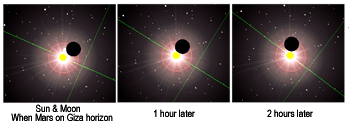
[So,] when Mars is on the horizon aligned with the causeway of the Martian monument (Sphinx) on Oct. 25, the Sun and the Moon just happen to be going through a conjunction at the very spot marked by the Moon on [the 'Mars day'] March 20. Well, this is almost too much...
But what does this cosmic 'sign' mean for the world below? This question is not easy to answer. A useful clue [is] the fact that the Oct. 25 celestial configuration is inseparable from March 20, 2003 - i.e. the beginning of a war. This is not to say that we'll see another war breaking out on Oct. 25. There are many possibilities... I'm not even saying that there will definitely be a big event on/around Oct. 25. But the potential is clearly there for a very meaningful event to take place at that time (Oct. 25-27). So... let's wait and see what happens.
|
https://www.goroadachi.com/etemenanki/endgame-6-p1.htm |
|
|
 Primer Primer
 Anterior
30 a 44 de 44
Següent Anterior
30 a 44 de 44
Següent
 Darrer
Darrer

|
|
| |
|
|
©2025 - Gabitos - Tots els drets reservats | |
|
|













